Beef Cutting Machine: Revolutionizing Meat Processing
In the modern meat processing industry, the efficiency and precision of beef cutting machines play a pivotal role. These machines not only enhance productivity but also ensure uniformity and quality in meat cuts, which is essential for both consumer satisfaction and industry standards. This article delves into the world of beef cutting machines, exploring their types, benefits, technological advancements, and how to choose the right machine for your needs.
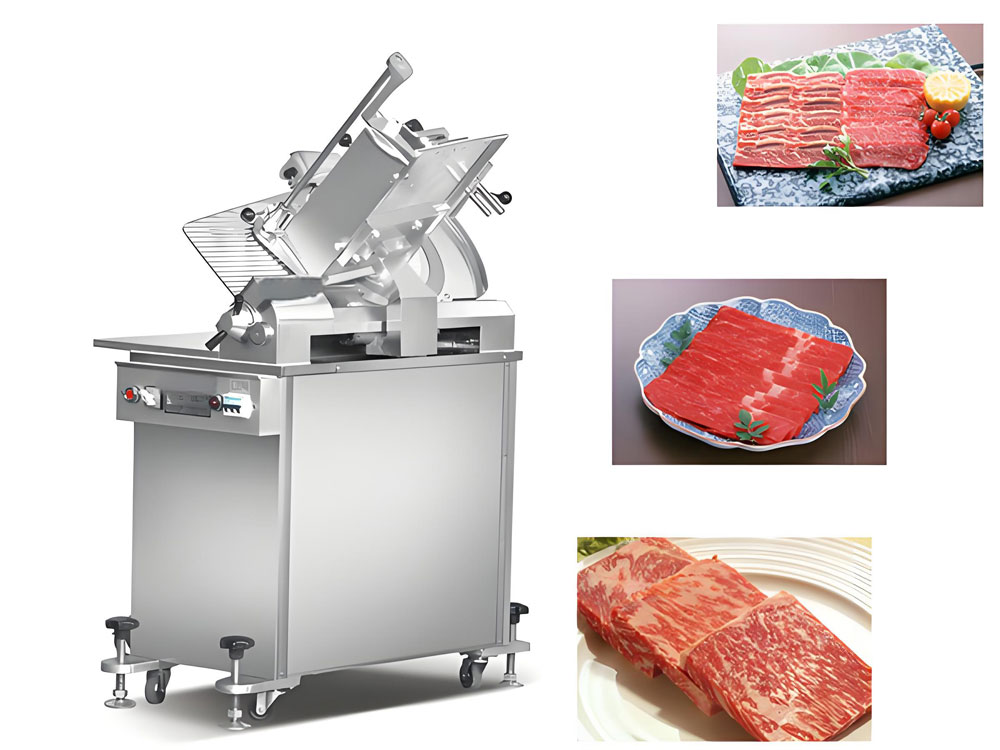
1. Introduction to Beef Cutting Machines
Beef cutting machines have transformed the meat processing industry by providing an efficient way to cut, slice, and portion beef. These machines are designed to handle different types of cuts, ensuring precision and uniformity, which is crucial for both large-scale meat processors and small butcher shops.
2. Types of Beef Cutting Machines
2.1 Manual Beef Cutting Machines
Manual beef cutting machines require human operation to guide the meat through the cutting blades. These machines are typically used in small butcher shops or for specialized cuts where human skill is essential.
2.2 Semi-Automatic Beef Cutting Machines
Semi-automatic machines combine human operation with automated components, allowing for faster and more efficient cutting processes. They are ideal for medium-sized operations where both speed and precision are important.
2.3 Fully Automatic Beef Cutting Machines
Fully automatic machines use advanced technology to perform cuts with minimal human intervention. These machines are equipped with sensors and robotics to handle large volumes of meat, making them suitable for large-scale meat processing plants.
3. Key Features and Benefits
3.1 Increased Efficiency
Beef cutting machines significantly reduce the time required to process meat, enhancing overall productivity.
3.2 Precision and Consistency
These machines ensure uniform cuts, which is vital for maintaining quality standards and meeting customer expectations.
3.3 Safety Enhancements
Modern beef cutting machines come with safety features such as automatic shutoff and protective guards, reducing the risk of accidents.
3.4 Cost-Effectiveness
By reducing labor costs and minimizing waste, beef cutting machines can lead to significant cost savings over time.
4. Technological Advancements in Beef Cutting Machines
4.1 Integration of Robotics
Robotic arms and automated systems allow for precise and efficient handling of meat, improving both speed and accuracy.
4.2 Advanced Sensors and AI
Sensors and AI technology enable machines to make real-time adjustments, ensuring optimal cuts and reducing waste.
4.3 Improved Blade Technology
Innovative blade designs and materials enhance cutting performance, leading to cleaner and more precise cuts.
5. Choosing the Right Beef Cutting Machine
5.1 Assessing Your Needs
Evaluate the volume of meat you process and the types of cuts required to determine the best machine for your operation.
5.2 Evaluating Features and Specifications
Consider features such as blade types, automation levels, and safety mechanisms when choosing a machine.
5.3 Considering Brand Reputation and Support
Opt for reputable brands known for quality and customer support to ensure long-term reliability and service.
6. Maintenance and Care of Beef Cutting Machines
6.1 Regular Cleaning Procedures
Regular cleaning is essential to maintain hygiene and prevent contamination in meat processing.
6.2 Routine Maintenance and Inspections
Periodic maintenance and inspections help identify and fix issues before they lead to major breakdowns.
6.3 Troubleshooting Common Issues
Understanding common problems and their solutions can minimize downtime and maintain productivity.
7. Case Studies: Success Stories in the Meat Industry
Explore real-world examples of businesses that have successfully integrated beef cutting machines into their operations, leading to increased efficiency and profitability.
8. Future Trends in Beef Cutting Machines
8.1 Automation and AI Integration
The future of beef cutting machines lies in further automation and the integration of AI to enhance precision and efficiency.
8.2 Sustainable and Energy-Efficient Designs
New designs focus on reducing energy consumption and promoting sustainability in meat processing.
9. Conclusion
Beef cutting machines are indispensable tools in the meat processing industry, offering numerous benefits from increased efficiency to improved safety. By understanding the different types, features, and technological advancements, businesses can make informed decisions to enhance their operations.
10. FAQs
Q1: What are the main types of beef cutting machines?
A1: The main types are manual, semi-automatic, and fully automatic beef cutting machines.
Q2: How do beef cutting machines improve safety?
A2: They come with safety features like automatic shutoff and protective guards to reduce the risk of accidents.
Q3: What technological advancements are seen in beef cutting machines?
A3: Advancements include the integration of robotics, AI, advanced sensors, and improved blade technology.
Q4: What should I consider when choosing a beef cutting machine?
A4: Consider your processing needs, machine features, specifications, and the reputation of the brand.
Q5: How important is regular maintenance for beef cutting machines?
A5: Regular maintenance is crucial to ensure hygiene, prevent breakdowns, and maintain optimal performance.
Next : Preventive Maintenance Plan for Automatic Chicken Cutting Machine: Extend Equipment Lifespan, Reduce
Must-Read Blogs For Chain Restaurants Owner








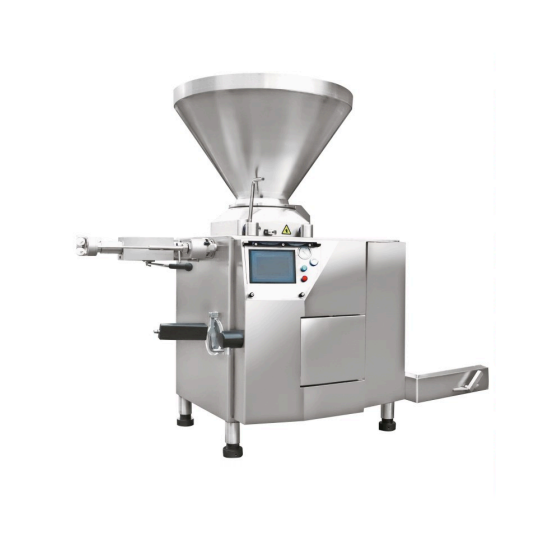
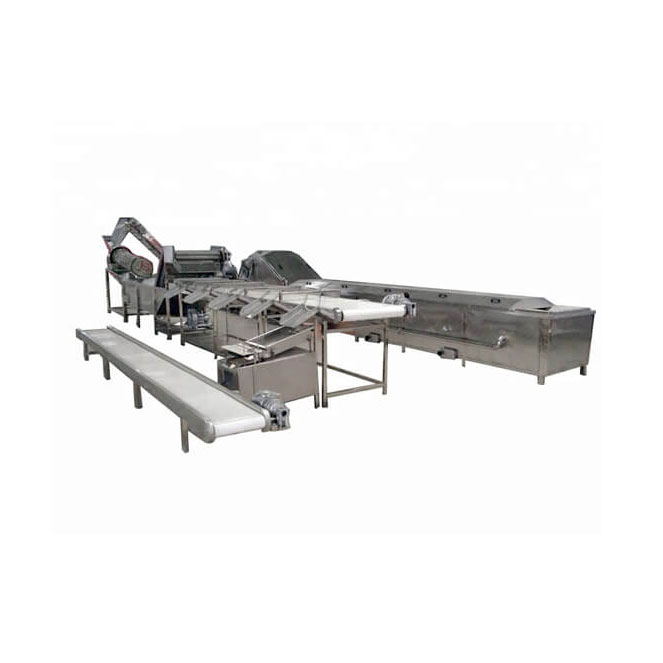
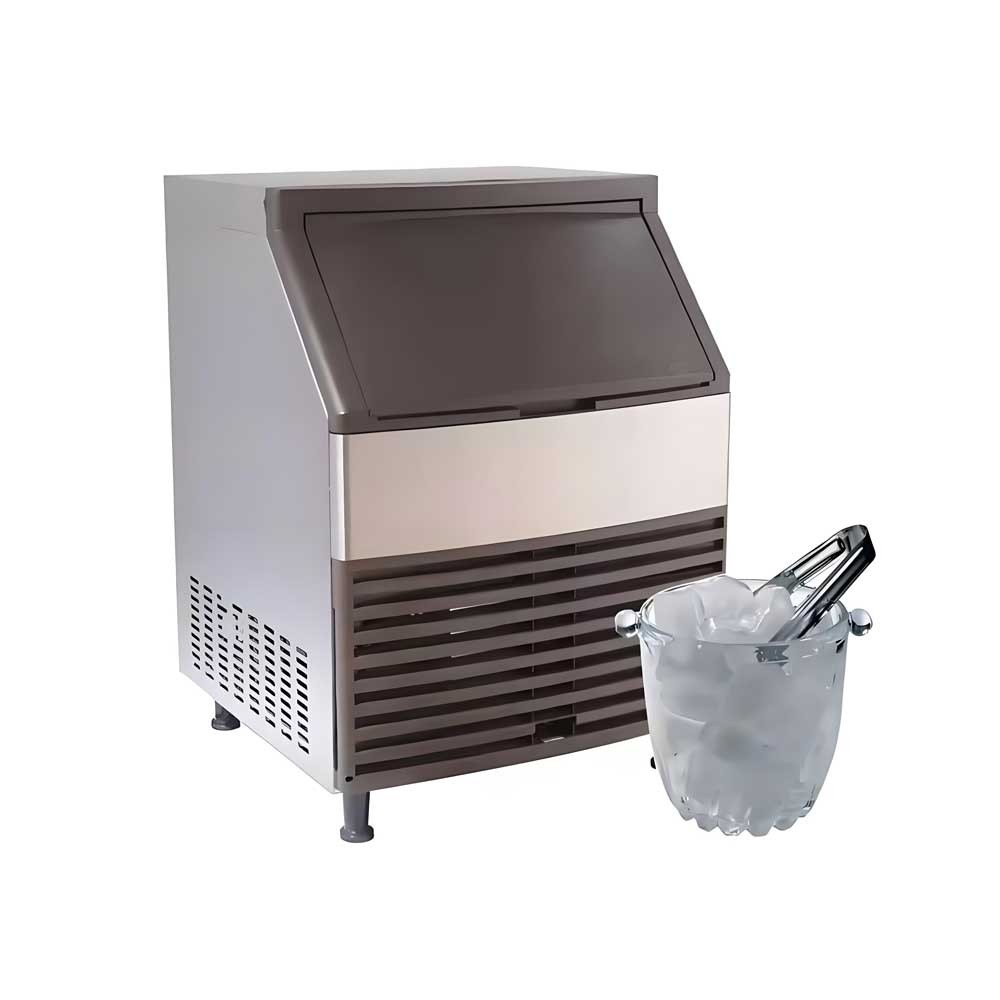
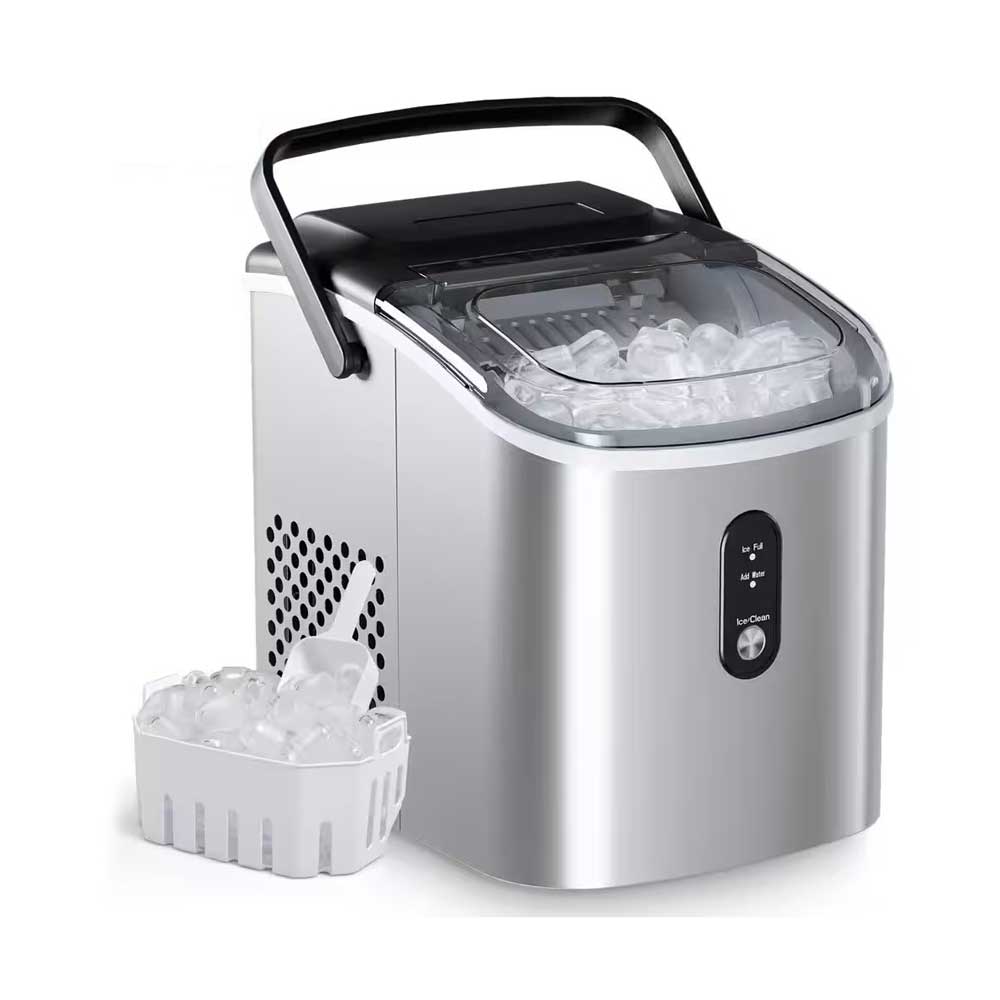 Portable Flake Ice Machine
Portable Flake Ice Machine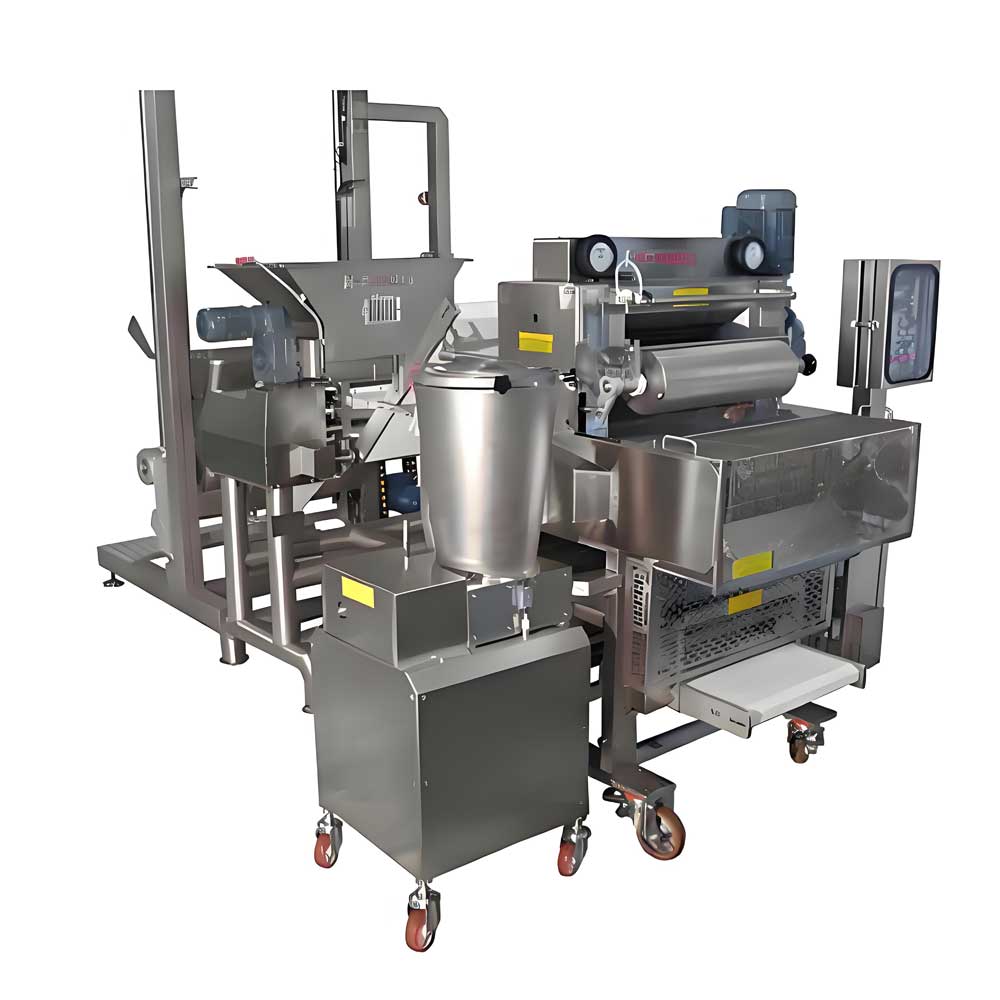 Pelmeni Making Machine
Pelmeni Making Machine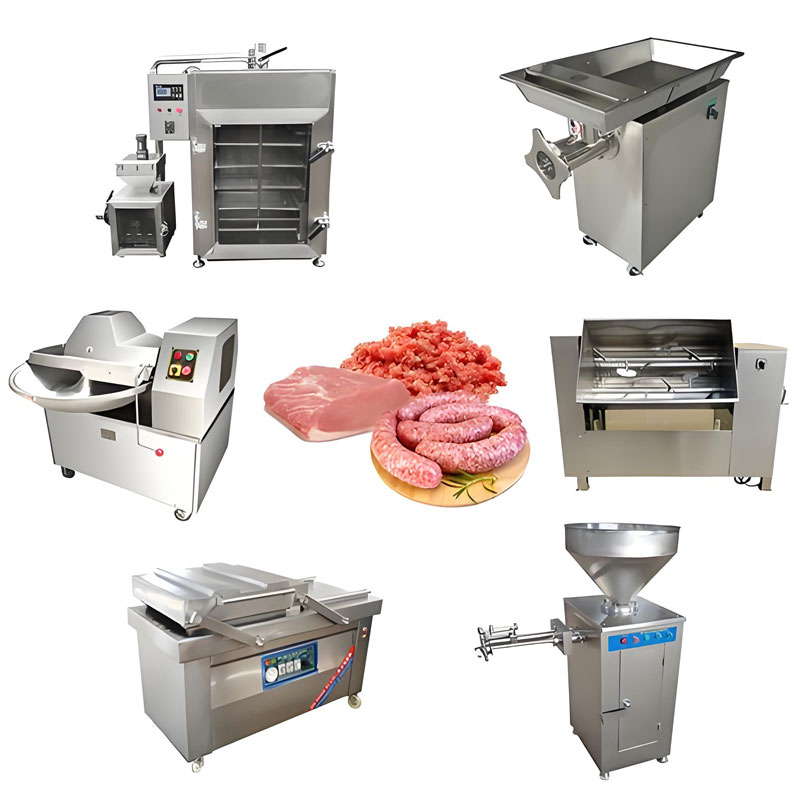 Sausage Stuffer Machine
Sausage Stuffer Machine
Ready to Get Started?